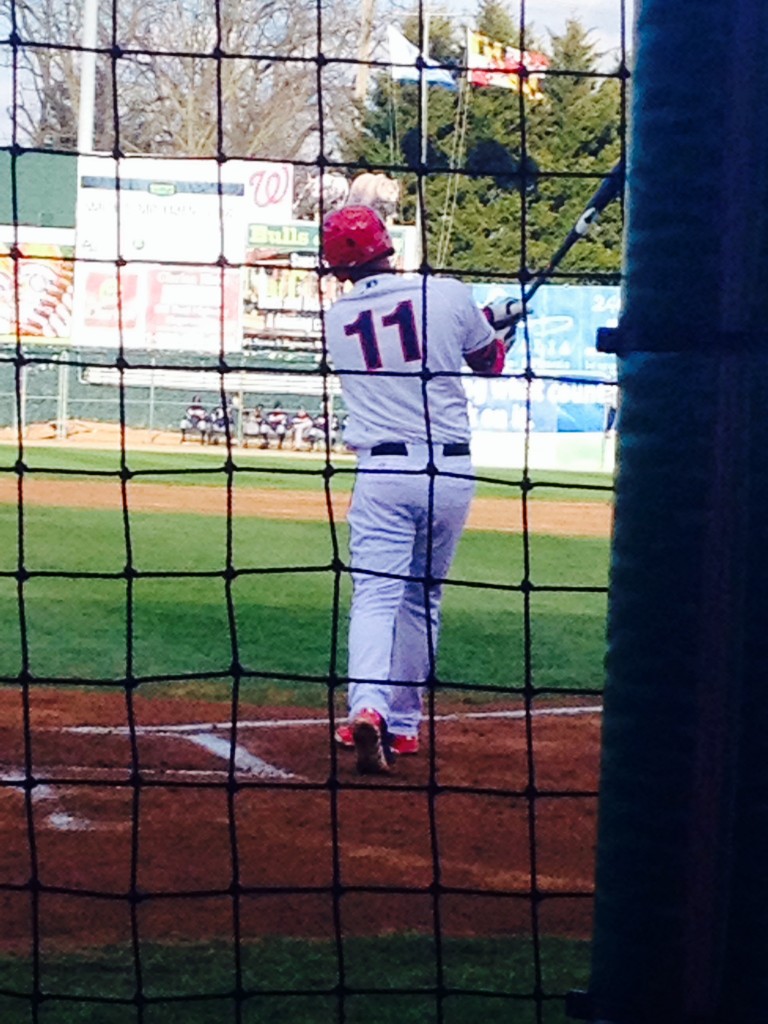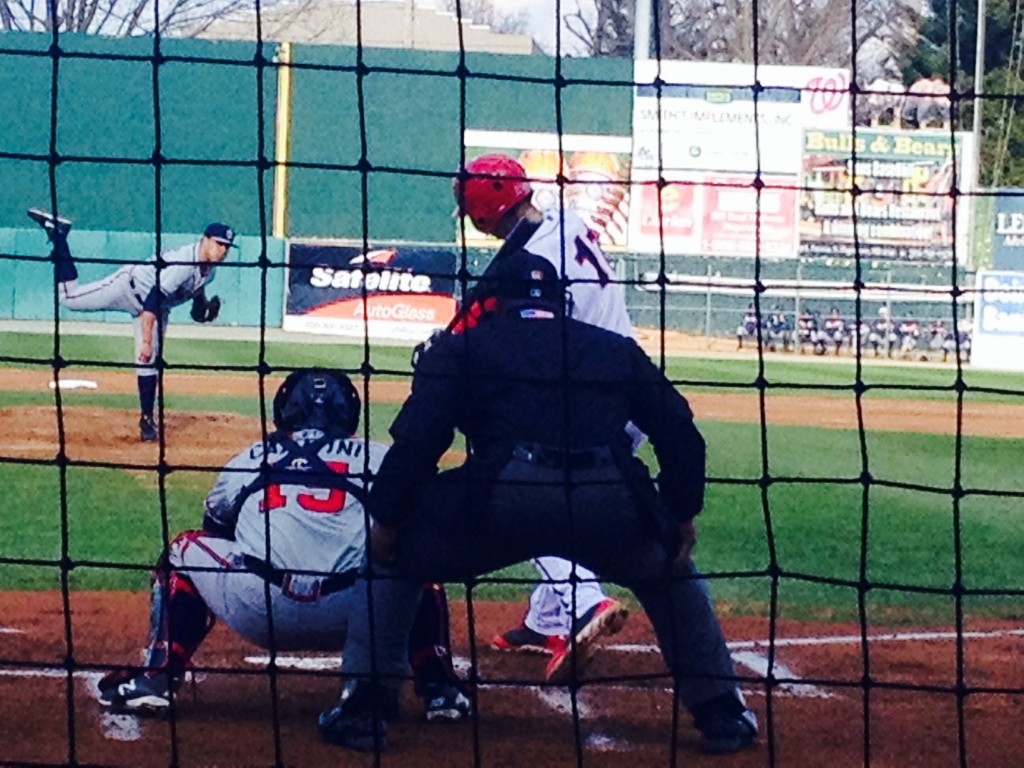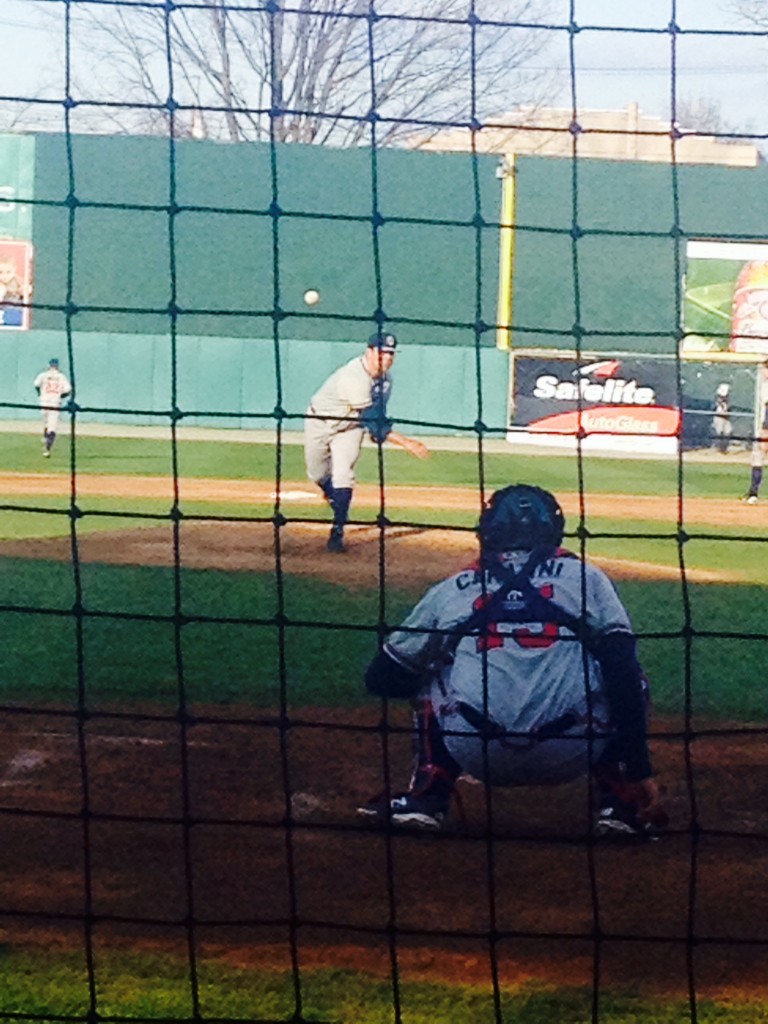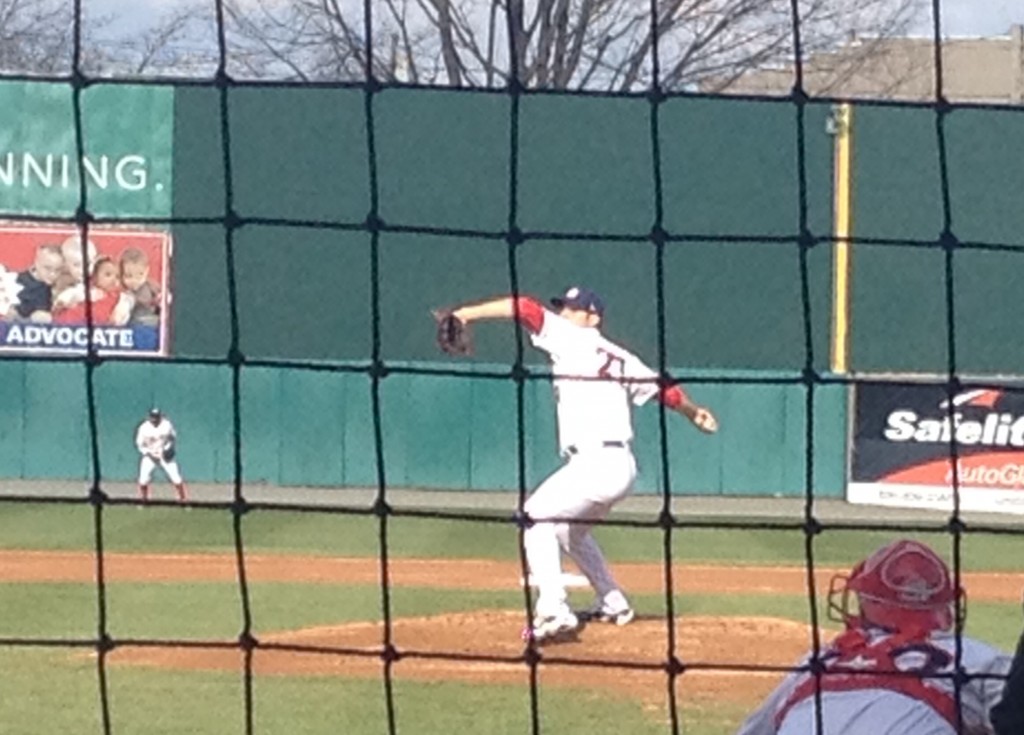After many seasons of dominating the Japanese professional baseball league, this offseason the New York Yankees seized the opportunity to sign the 25-year-old Masahiro Tanaka to a 7-year $155 million dollar contract. Tanaka enters major league baseball coming off a 24-0 season in 2013 and with as much hype as any foreign baseball player in the history of the sport.
In his highly anticipated debut last Friday, Masahiro Tanaka made his first major league start against the Blue Jays, pitching 7 innings and allowing only 3 runs (2 earned) on 6 hits and 0 walks against 8 strikeouts. Tanaka threw 97 pitches, 65 for strikes, and generally overwhelmed the Blue Jay lineup with his splitter and sinking 2-seam fastball.
Wanting to see him for myself, I grabbed a cold beverage and sat back to analyze Tanaka’s first start in Yankee Stadium, and second career start, Wednesday evening against the Baltimore Orioles.
****
Building off his excellent start in Toronto, Tanaka overcame some early scuffles to pitch 7 innings against Baltimore Wednesday, allowing 3 earned runs on 7 hits and 1 walk against 10 strikeouts. Tanaka’s major blunder of the night was giving up a mammoth 3-run home run to rookie Jonathan Schoop in the 2nd inning. Otherwise, Tanaka needed only 101 total pitches against the 29 batters he faced, inducing 6 ground outs against only 2 fly ball outs.
Of these 101 pitches, Tanaka threw 71 strikes against 30 balls, while throwing 1st pitch strikes to 16 of the 29 hitters he faced. During this start, Tanaka was featuring both a 2-seam and 4-seam fastball, along with a slider, a split-finger, and the occasional curveball. He threw 30 4-seam fastballs averaging 93.11mph and 23 sinkers with an average velocity of 92.33mph. Tanaka also threw 21 sliders at 85.33mph, 21 splitters at 87.75mph, and only 6 curveballs averaging 73.62mph. (Thanks BrooksBaseball.net)
After watching this start, both Tanaka’s strengths and weaknesses as a young pitcher were quickly exposed. Positively, Tanaka is extremely athletic and has plenty of deception in a unique delivery that he repeats fairly well. Tanaka also has a quality sinker with movement down and in to right-handed hitters, along with an inconsistent but above-average slider. But the true difference-maker for Tanaka is his devastating split-finger. His incredible off-speed stuff helped induce 23 whiffs in this outing, along with many awkward swings from the hitters.
On the other hand, Tanaka struggles to command the strike zone with his fastball, in particular his 2-seamer, as the outstanding wiggle on the pitch often forces it outside the zone. Tanaka was only able to throw 1st pitch strikes to 16 of the 29 hitters he faced. In addition, his 4-seam fastball is pretty straight and the batters consistently squared it up throughout the game. When he was able to get ahead in the count, the hitters almost looked at the mercy of Tanaka and his breaking stuff; but when he got behind and had to throw a fastball, the Orioles hit the ball hard.
Overall I was quite impressed with what I saw from Tanaka in only his 2nd major league start. Although his contract numbers and Japanese statistics say otherwise, I do not believe Tanaka is a #1 Ace starter, mostly due to his mediocre fastball command and his lack of top-end velocity. Nevertheless, he possesses an above-average sinker and slider, one of the best split-fingers in baseball, and a deceptive, consistent delivery. If he can throw better strikes with his 4-seam fastball and/or get ahead of hitters at a higher rate in the future, Tanaka looks like an outstanding #3 starter, who can pitch like a #2. The Yankees took on quite a risk with this contract, but they can afford the gamble and in doing so, added a cornerstone starting pitcher to their rotation for the rest of this decade.







